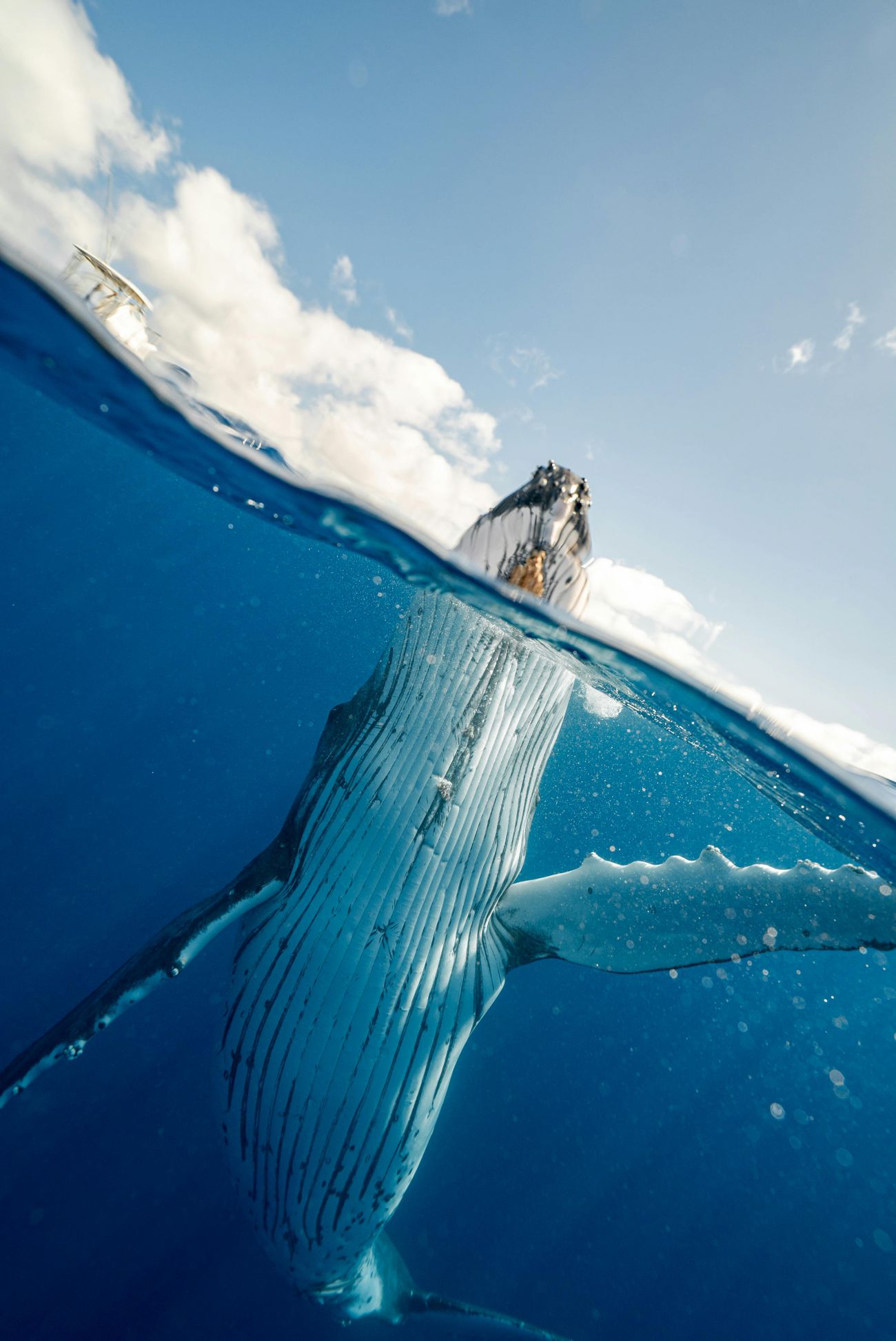New publication
We have just published the following paper: Simulating vertical phytoplankton dynamics in a stratified ocean using a two-layered ecosystem model in the Biogeosciences, coauthored by Robert Brewin, Žarko Kovač and Shubha Sathyendranath.
Phytoplankton are responsible for roughly half of global primary production and play a central role in ocean biogeochemistry. In ocean areas that are seasonally or permanently stratified it’s been suggested that two distinct planktonic ecosystems may exist: one in the sunlit but nutrient-poor surface mixed layer, and another deeper down in a low-light, nutrient-rich zone. Because it's difficult to observe what happens below the mixed layer, this deeper ecosystem remains largely understudied and is often omitted from marine ecosystem models. To address this gap, we developed a simple two-layer model that includes separate nutrient–phytoplankton–zooplankton (NPZ) systems for the surface and subsurface layers. These layers interact through nutrient exchange and light penetration, and the model is driven by surface light and observed mixed layer depths. We applied the model to the Bermuda Atlantic Time-series Study (BATS) site, using over 30 years of phytoplankton and nutrient data for comparison. The model captures seasonal and long-term variability in both surface and subsurface chlorophyll, including trends observed since 2011. As ocean warming has led to a shallower mixed layer, more light has reached deeper waters, affecting phytoplankton physiology at the surface and boosting biomass below. Our results support the idea that the euphotic zone in stratified regions hosts two vertically distinct but connected plankton ecosystems. However, simulating the subsurface layer remains more uncertain due to limited data, underlining the need for further investigation into deep plankton communities.
The front page of the paper is shown below:

The paper can also be accessed via this link and dowloaded below.





